Top 10 Reasons Why Drive-In Theaters Declined in the 1970s
I am pretty sure that nearly everyone on this website may be too young to remember or have never experienced how it was to go to a drive-in theater. They were hugely popular during the Post-War Era (1946-1964), and were a family-friendly experience. Some played the hit films of the time and some played B-movies. However, in the late 1960s and early 1970s, drive-in theaters started to decline due to several causes, problems and successors happening at that time. See the list below for reasons why they declined, shut down, got abandoned, or whatever...This is before it had a nostalgic revival in the 2010s and even more with the COVID-19 pandemic.
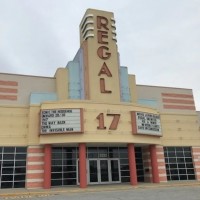
I never stopped going. The drive-in is my favorite way to go to the movies. We have a couple in Southern California that have been here and open pretty much my entire life. My wife and I still go quite often.
In the 1980s and 1990s, AMC Theaters massively boomed across the United States. Cinemark Theaters and Regal Cinemas were also becoming popular too. The average multiplex theater would have around 14 to 20 screens. Movie theaters also became a more comfortable place to watch a movie, causing the decline of drive-in theaters
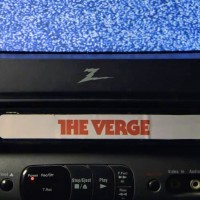
In the mid-1970s, videotape became the first popular form of home video, which were easier to use than film reels. Sony introduced the Betamax in 1975 and JVC introduced the VHS in 1976. It means you can purchase a movie and play it on your TV, without live television doing that itself. You can watch it again and again anytime, because it is a tape, right? So the Betamax was gone, and you had the VHS for awhile, but then the DVD came, then on-demand took over, and now there is streaming.
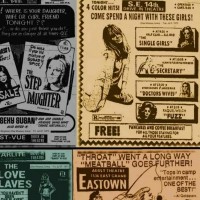
When the MPAA introduced the film ratings system in 1968, replacing the Hays Code, it provided more freedom for filmmakers to add more suggestive/explicit violence, sex and drugs. These movies were rated R because of that, and the more explicit ones were rated X. Many of the drive-ins that provided family-friendly entertainment turned into an R and X-rated exploitation paradise. This meant teenagers can easily sneak into drive-ins to see such films like Midnight Cowboy, Easy Rider, Beyond the Valley of the Dolls, Vanishing Point, Billy Jack, The French Connection, Dirty Harry, Fritz the Cat, and The Godfather than these so-called regular movie theaters. And while people are driving somewhere else, they would be able to see the explicit scenes during a movie, because drive-in theaters are wide open in large acres of land, right? And the worst part, it was claimed that it resulted in an increase in teenage pregnancy, although it doesn't sound normal at first. This may have led to parents disagreeing with drive-in theaters.
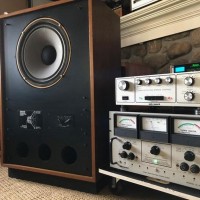
Imagine you in 1977, going to a movie theater and buying a ticket for yourself or with your friends to see Star Wars. You become amazed on how the special effects, sound quality, and the scenes were at the time. The sound was high-quality stereo, which was called Dolby Stereo. They wouldn't want to go to a drive-in and hear the audio from an "old, cheesy speaker". Dolby Stereo would soon turn into Dolby Digital, also becoming common in television sets and even computers.
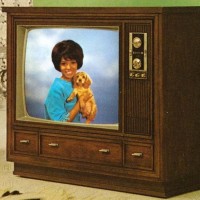
Drive-in theaters were the most popular at a time when TV was only black-and-white with three channels. People want to have a "colorful" experience when you can just see "dull" black-and-white at home. But in the late 60s and early 70s, color TV became less expensive and more affordable overtime, as television networks no longer have to say stuff like "The following program is brought to you in living color" because everyone can see it.
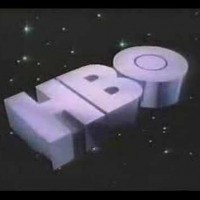
Cable television is a way to delivering signals to your TV other than the broadcast networks like NBC, CBS, ABC and PBS. But it did not become more popular until the 1980s, and even more popular in the 1990s, starting with MTV, which ruled Generation X. There were also starting to be 24-hour movie channels like HBO, which made older movies become more accessible to watch.
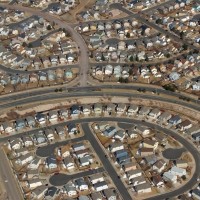
As small towns and the human population grew over the years, many acres of land get overtaken by suburban/urban land with buildings and homes. It also led to land becoming more expensive, so it led to fewer drive-in theaters being made.
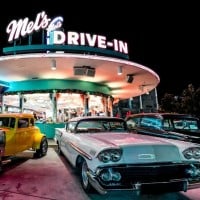
Car culture and rock and roll were parts of a teen's dream in the 50s and 60s. This meant there were fancy cars, and this also led to an increase of car collecting. They were also a lot comfy as the seats felt like the couch you have at home. However, after the 1973 oil crisis, America shifted towards the smaller, less comfy cars we have today, making the drive-in experiences less enjoyable.
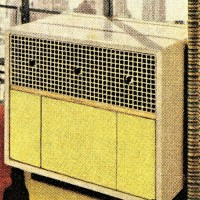
Technology wasn't advanced enough to have less expensive air conditioners during the peak of drive-in theaters. But both at homes and inside movie theaters, air conditioning became more accessible and affordable to use, which leads to the struggles of when it gets too hot or cold, and when mosquitos start bothering you. "Ahhhh... the good ol' days..."
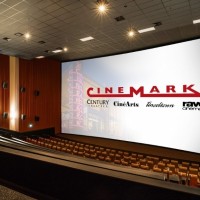
A lot of people wouldn't want to be unable to see the movie in the dark through a windshield. So along with surround sound, movie screens became more big and more advanced, especially in the 1980s. It was to "enjoy the full experience".